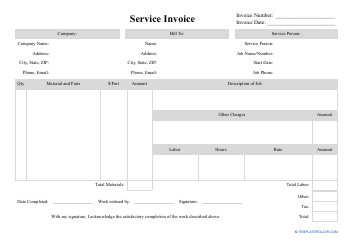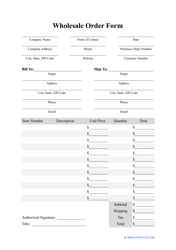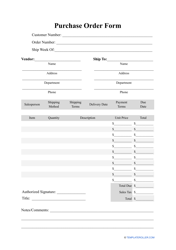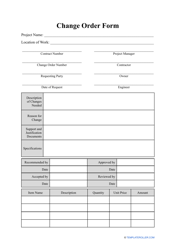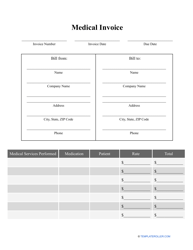What Is the Difference Between Purchase Order and Invoice?
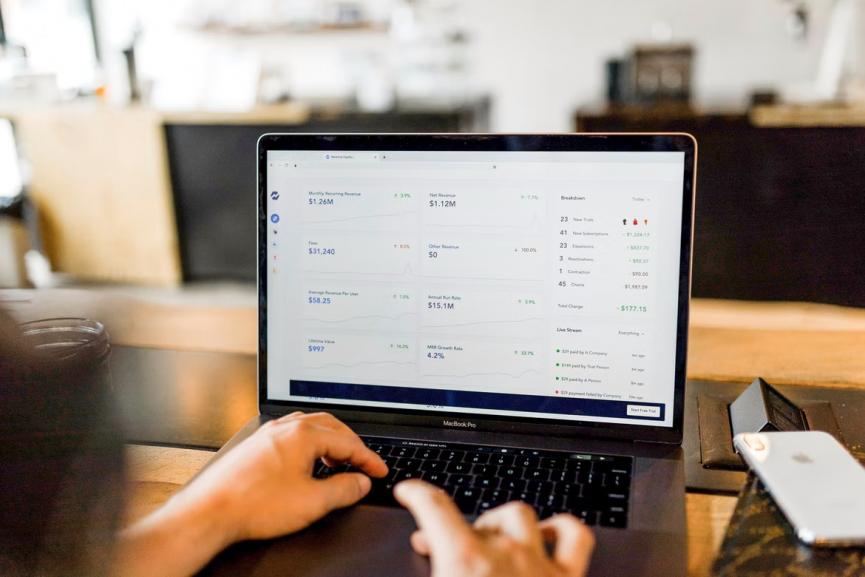
What Is a Purchase Order?
A Purchase Order is a formal document used by customers to inform the sellers about the preferred terms of a sale and purchase. Whether you are offering items in bulk to companies that will later resell them or use them in their ordinary course of business or working with retail orders after receiving individual requests, this form will help you clarify the terms of payment, find out how many items the other party needs, prevent duplicate orders, and keep track of the goods for sale so that you know which ones are in demand and which can be discontinued. Moreover, whatever bookkeeping system you prefer - you can fill out the orders manually or download software to keep all the orders in check - it is necessary to monitor Purchase Orders for internal and external audits.
What Does a Purchase Order Include?
Customize a Purchase Order template before you ask a buyer to fill out the form so that you know their preferences to be able to assemble the order and make the recordkeeping easier. Usually, to be considered legally enforceable, a Purchase Order template indicates these essential terms:
- Identification information - the numbers you have given to the customer and the order.
- Name and contact details of the seller. If a specific salesperson is responsible for the order, indicate their name as well.
- Name of the buyer, the address of shipment, the preferred payment method, and the list of items the purchaser requests. These details should be filled in by the customer whether you are selling the goods online or completing the documentation at the office or store.
What Is an Invoice?
After the order was placed by the client and approved by the business that sends the customer the goods they ordered or arranges the services, it is time to demand the payment from the purchaser using an Invoice. This document is a list of items that were ordered by the buyer and serves as an official request to pay for the products or services. In most situations, an Invoice is prepared and sent to a client only after the services were provided and the goods were delivered asking the buyer for payment whether they are obliged to pay the full amount straight away or pay in installments following a schedule the parties have previously negotiated. An Invoice records the due date of payment - most vendors give their customers from 2 to 4 weeks to comply with the request before claiming penalties and fines.
What Does an Invoice Include?
You should customize every Invoice template to suit the particulars of the deal. However, at a minimum, this document includes the following parts to be deemed enforceable:
- Identification details of the invoice - write down the word "Invoice" to let the client know immediately you are asking for payment, generate a reference number to specify the shipment and the client, and record the date you have composed an Invoice.
- Names and addresses of the parties.
- List of items you have provided to the customer and their value. State a sales tax separately and calculate the total amount of payment you are asking for via this document.
- Additional terms of payment - offer several payment methods and inform the recipient about the payment deadline and potential fines and penalties in case they fail to comply with your demand
Purchase Order Vs Invoice
While a Purchase Order outlines the request of a customer to sell them the products or services advertised by the seller, an Invoice is completed to inform the client about the payment, the acceptable payment methods, and the consequences of failing to pay on time. A Purchase Order is prepared during the negotiations stage letting the parties talk about the terms of the deal and reach a consensus - once the purchaser receives what they ordered, the deal is closed with the help of an Invoice used to ask the buyer for payment.
PO and Non-PO Invoice
To edit and process Invoices better, it is easier to separate them into two main categories - PO Invoices and Non-PO Invoices. If the Invoice is composed after a Purchase Order was placed with your business, it is a PO Invoice; if, on the other hand, no Purchase Orders are connected to the Invoice, you can draft a Non-PO Invoice. When a client - typically, another company - is placing an order to complete a regular direct purchase, you should prepare a PO Invoice - a Non-PO Invoice will be useful when the customer is making an emergency purchase or incurring discretionary expenses that are non-essential for the survival of their business. It is usually more complicated to deal with Non-PO Invoices since you might have to contact the client and ask them for clarifications regarding the shipping details and exact quantity of the goods.
Related Topics:
